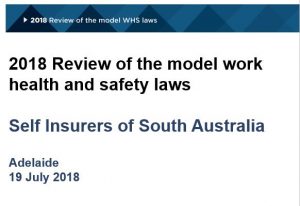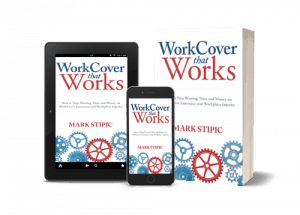 In late July 2018, the Victorian Auditor-General Office (VAGO) released a report into the insurance risks of several Victorian local councils. It is reasonable to expect the costs of workers’ compensation insurance to be addressed in the report but this was not the case. Although it is clearly an insurance product, the Auditor-General excluded workers’ compensation insurance. This position continues to sideline workers’ compensation implying to Victorian Councils, if not businesses, that it is less important than other business insurances.
In late July 2018, the Victorian Auditor-General Office (VAGO) released a report into the insurance risks of several Victorian local councils. It is reasonable to expect the costs of workers’ compensation insurance to be addressed in the report but this was not the case. Although it is clearly an insurance product, the Auditor-General excluded workers’ compensation insurance. This position continues to sideline workers’ compensation implying to Victorian Councils, if not businesses, that it is less important than other business insurances.
The best example of this implication is found on page 48 of the report in a graph

 Last time we looked at the Australian Senate Inquiry into “
Last time we looked at the Australian Senate Inquiry into “

 Below is the list of occupational health and safety (OHS) issues for the next three years, put to the Australian Council of Trade Unions and passed, at its
Below is the list of occupational health and safety (OHS) issues for the next three years, put to the Australian Council of Trade Unions and passed, at its  Throwing chocolates to delegates, audience participation, push-ups, book giveaways, hand-eye coordination exercises – not the usual elements of the opening keynote speaker of a safety conference. Day 2 of the Safety Institute of Australia’s
Throwing chocolates to delegates, audience participation, push-ups, book giveaways, hand-eye coordination exercises – not the usual elements of the opening keynote speaker of a safety conference. Day 2 of the Safety Institute of Australia’s